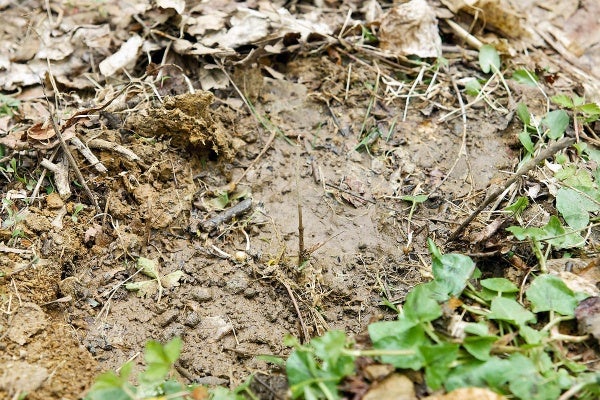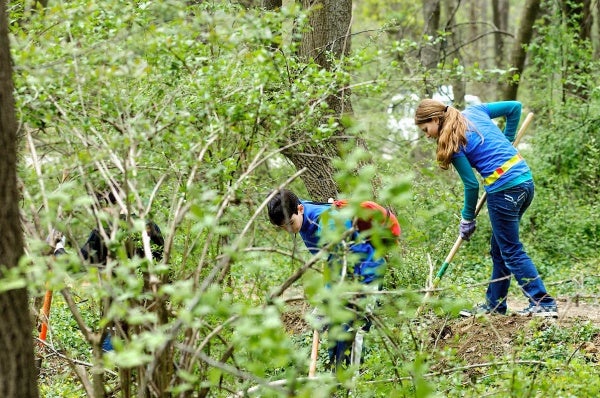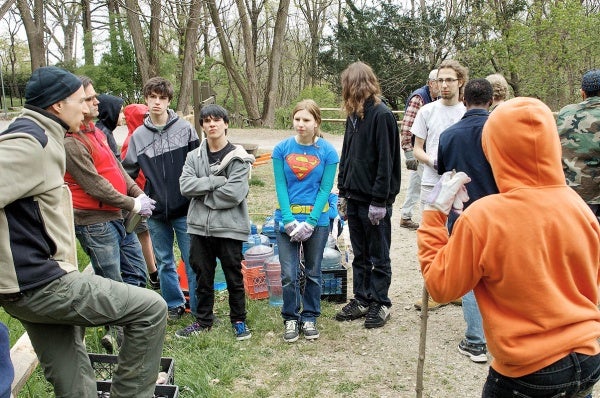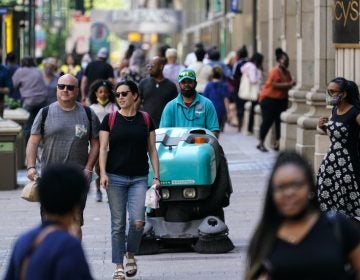Crefeld students help tune up the Wissahickon
In the early afternoon on Wednesday, two vans pulled up to the parking lot of the Wissahickon Environmental Center. After trekking through the woods, a dozen students from Chestnut Hill’s Crefeld School, climbed out of the all-terrain vehicles, ready for a day of volunteer work.
After meeting with David Bower, volunteer coordinator for Philadelphia’s Department of Parks and Recreation, the middle- and high school-aged students got right to work on a trail that meanders through the former tree nursery in the far Northwest Wissahickon Valley.
On hand to supervise the group of students were David Dannenberg and Norman Carter, both Crefeld teachers, along with Dan Mercer of the Friends of the Wissahickon and Bower.
The students were separated into three groups, all with different tasks. One crew was advised to water newly planted twigs, shrubs and small pine trees while a second crew tuned up the trail with picks and rakes. Members of the third group were sent on a mission to cut away invasive vines from sections of the woods.
Dannenberg explained to the students that the area they were working on used to be the largest tree nursery on the East Coast. Many of the trees, he said, are less than 80 years old.
He added that the trail is the result of trial and error trail building. With a trail consultant from the International Mountainbiking Association now in place, he emphasized the importance of creating a self sufficient trail.
“There are bad trails all over the Wissahickon, what they call fall-line trails that go straight down the hill, the fast way,” Bower said. “The perfect trail is as maintenance free as possible. You lay it out, it gets used, water drains well and you don’t ever have to come back and do any maintenance on it.”
Bower explained to the crews that their work was essential in creating the perfect trail. He mentioned that last month was exceptionally dry so the plants and trees were overdue for replenishing efforts. The trail tune-up crew spent their time digging diagonally placed trenches and dirt barriers throughout the trail to prevent rain water from running straight down the trail and flushing everything away.
“The most important thing is to get the water off the trail,” Bower said. “If you do that, you’re in good shape.”
WHYY is your source for fact-based, in-depth journalism and information. As a nonprofit organization, we rely on financial support from readers like you. Please give today.



















